Featured
Interest rates walking on narrow ledge
The Fed’s obsession over interest rates creates a ripple effect across the United States’ stock market, adding a greater burden on its national debt.
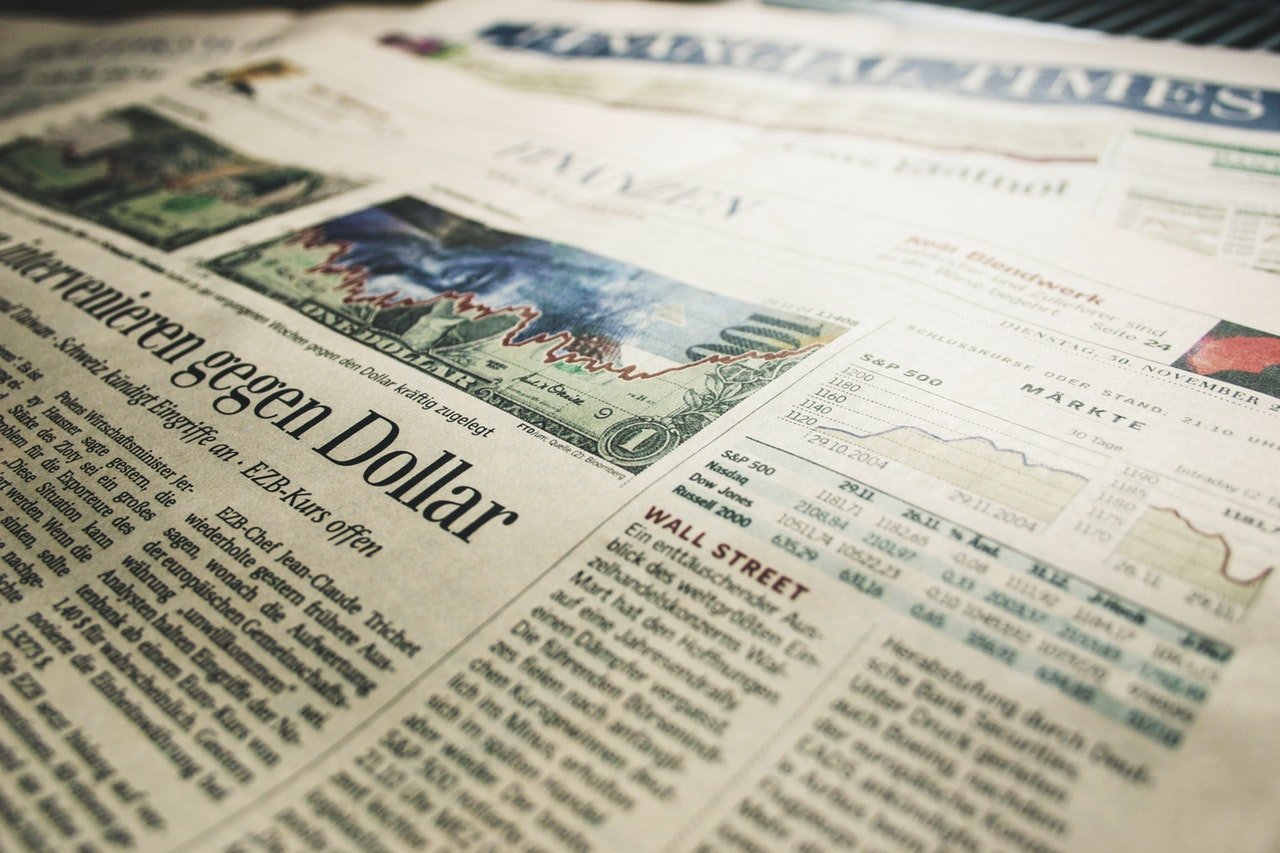
There is a huge shock in store for those who have been lulled to sleep by a stock market that has become accustomed to no volatility and only an upward direction. And that alarm bell can be found in the price action of Bitcoin, which recently tumbled over 40% is less than a week. For the implosion within the cryptocurrency world foreshadows what will happen with the major averages as the Federal Reserve futilely attempts to stop monetizing the exploding mountain of U.S. debt.
I am fond of quoting the figure of total market capitalization as a percentage of GDP in order to illustrate the overvalued state of the equity market. That level has now surged to 145% of GDP; while history shows that stock values should represent just 50% of the underlying economy. In that same vein, another eye-popping figure compares global asset prices to GDP. Global asset prices (stocks and bonds) back in 1980 were only 110% of global GDP. Today, they have soared to an incredible and unsustainable 350% of the economy, according to data compiled to by Morgan Stanley.
Which also means due to the massive $3.8 trillion counterfeiting spree from the Fed since 2008, the S&P 500 dividend yield has now plummeted to just 1.8%. But then again, due to the delusion that the Fed can normalize interest rates, there have been five rate hikes on the shortest end of the curve since December of 2015. This means the 3-Year Note once again has a yield that is higher than the S&P 500 dividend yield. This also means that if the Fed follows through on its three rate hikes penciled in for 2018, the dividend yield on the S&P 500 would be less than a “risk-free” 1month T-bill, which has not been the case since the great panic of 2008 began. The reemergence of this phenomenon could surely launch a barrage of daggers upon Wall Street’s latest and greatest bubble.
The most important point I can make about this insanely overvalued stock market is that its lynchpin—that is, what’s holding the entire charade together–is the worldwide bubble in the bond market. As long as interest rates behave, the rally can continue. And by behave I mean that long-term rates can neither fall or rise by more than a relatively small number of basis points without sending the market into a tailspin.
Let me explain. First, you must understand that the entire credit market construct is completely artificial and therefore guarantees it will end very badly and soon. However, central banks have now started to pull away from their manipulation of interest rates; and that means one of two conditions is about to occur. The yield curve will continue on its path towards inversion and could do so in just a few months’ time. That would shut off the entire credit creation machine and send asset prices cascading down to earth. Or, alternatively, a spike in long-term interest rates could be in store, which would engender those same consequences.
And one has to really wonder why bond yields haven’t started to soar as of yet. In fact, yields going out ten years on the curve are up only about 20bps since December 2015. That’s the date when the Fed began the first of its five—to date—25bps rate hikes, for a total 125bps. At 2.45% the U.S. 10-Year Note is still less than half of nominal U.S. GDP growth. That means the yield should be at least double from where it is currently trading just to be in line with historical measures. But given the level of U.S. debt and our escalating solvency concerns, the benchmark yield should be much higher than the historical average.
After all, the current narrative is one of synchronized and accelerating global growth. Also, that inflation is rising towards the Fed’s 2% target. Not only this, the Fed’s balance sheet reduction rises to $50 billion per month by October, the Fed’s dot plot predicts three more rate hikes this year and the ECB has halved its QE program and is predicted to be completely finished printing money by the end of this year. Exploding debt and the reversal of central bank support for bonds should cause rates to spike.
Indeed, deficits are already rising due to demographics, but the swamp creatures in D.C. that inhabit both parties only care about deficits when they are not in power. The amount of red ink is projected to reach around $1.2 trillion per year by fiscal 2019, but that is just start of calamities.
So the daunting addition goes something like this: the baseline projection is that there will be $10 trillion added to the $21 trillion National debt over the next ten years. Not including Trump’s unpaid for tax cuts, which are projected to add another $1.5 trillion over the next decade. Then you add on to the debt Trump’s next endeavor, known as the most massive infrastructure project outside of China’s recent efforts to pave over the Fareast, which will add hundreds of billions to the total of red ink. And, since the next recession most likely isn’t more than just a few quarters away—and is already long overdue—deficits will jump again by a further trillion dollars per annum just like they did during the four years from 2009-2012. Plus, every 100bps higher in average interest costs on the outstanding debt piles on another $200 billion in debt service payments per year. All this will be happening as the Fed is dumping $600 billion per year of MBS and Treasuries on to the balance sheet of taxpayers!
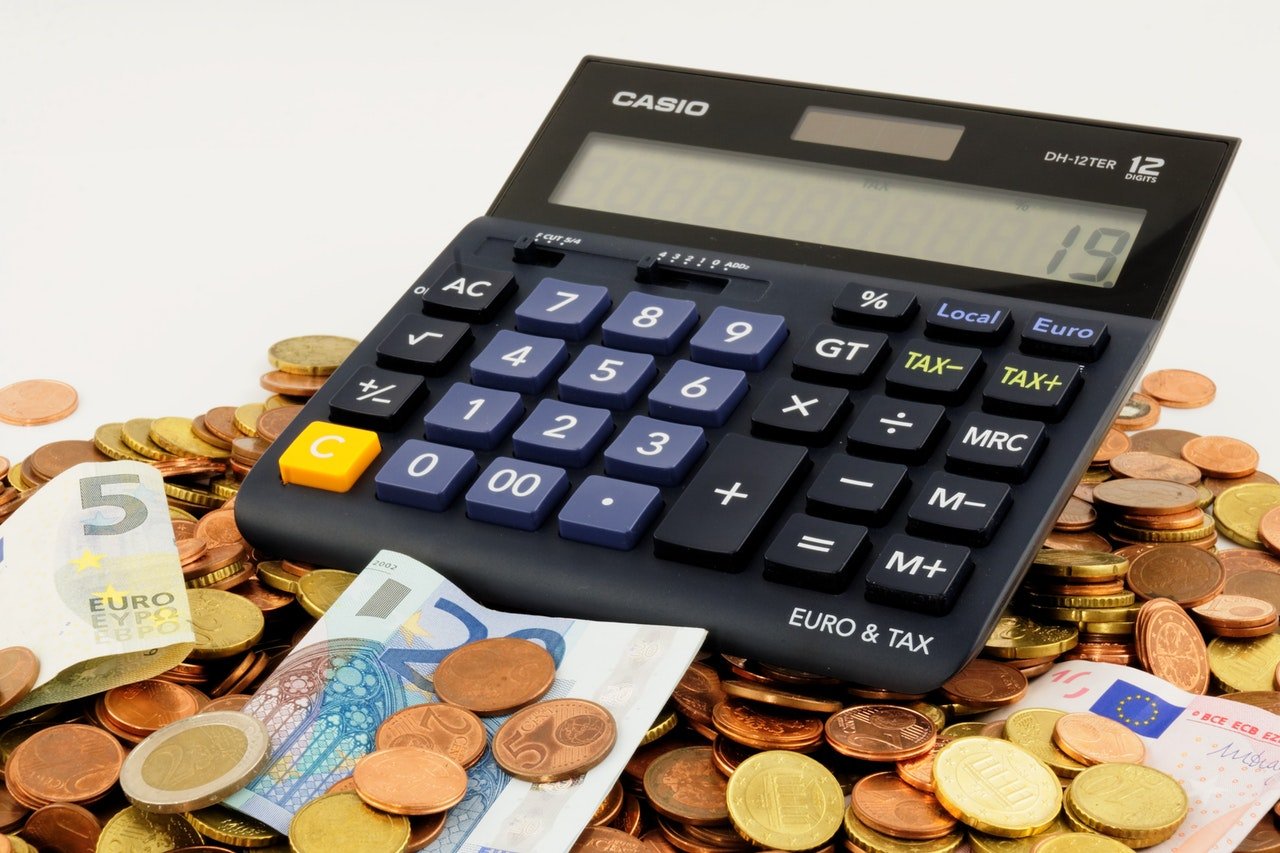
$10 trillion will be added to the $21 trillion National debt over the next ten years. (Source)
So, of course, interest rates should be soaring from their record low levels; and not just in the U.S. but around the globe. The only reason why they would not do so immediately is that global sovereign bond investors are aware that an economic crash is going to arrive in the very near future.
Then again, if rates do end up spiking on the nearly $10 trillion worth of negative-yielding global sovereign debt, it will cause interest payments on the record $230 trillion (320% of global debt to GDP) to become completely unserviceable. That will definitely cause the crash to arrive in short and brutal fashion. And once the bubble bursts on that “risk-free” sovereign debt, it will surely smash the worldwide equity hysteria with unrelenting fury.
Therefore, long-term interest rates have a very narrow ledge to traverse in order to keep the turbines flowing into the worldwide equity bubble. Fall a few dozen basis points from here and the yield curve inverts rather quickly and a recession/depression will soon follow; just as it has always done throughout history. On the other hand, if rates were to quickly rise more than a few dozen basis points the competition for stocks becomes salient; while at the same time debt service payments on both the public and private sectors of the economy become a baneful situation.
You don’t have to be another victim of the government’s ill-fated rollercoaster cycles of inflationary bubbles and deflationary collapses. Intelligent and knowledgeable investors are running out of time to prepare for the wild ride ahead in 2018…which should finally be the year that the inevitable reality check arrives.
—
DISCLAIMER: This article expresses my own ideas and opinions. Any information I have shared are from sources that I believe to be reliable and accurate. I did not receive any financial compensation in writing this post, nor do I own any shares in any company I’ve mentioned. I encourage any reader to do their own diligent research first before making any investment decisions.

-

 Markets5 days ago
Markets5 days agoPrecious Metals Surge While Major Indexes Hold Strong Amid Holiday Lull
-

 Markets2 weeks ago
Markets2 weeks agoFed Divisions Signal a Potential Economic Turning Point
-

 Biotech3 days ago
Biotech3 days agoEFPIA Calls for Clearer AI Governance to Safely Transform Drug Development
-

 Africa1 week ago
Africa1 week agoMorocco Emerges as Key Fertilizer Supplier as Brazil’s Reliance Grows


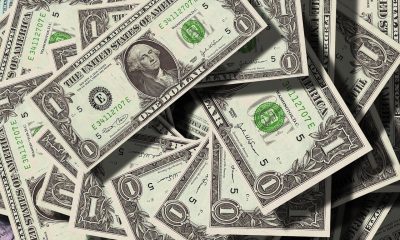



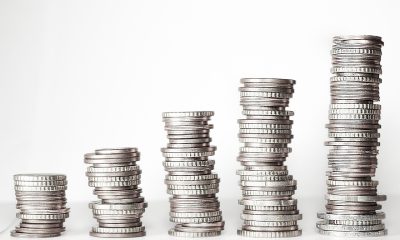

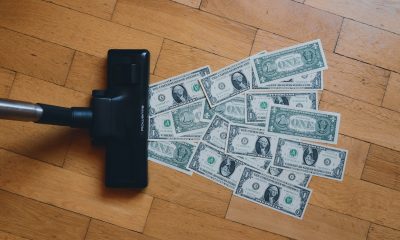

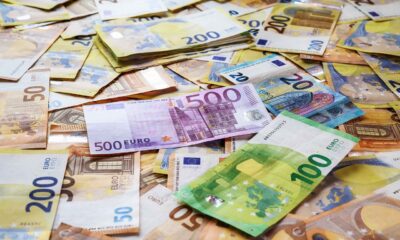















You must be logged in to post a comment Login